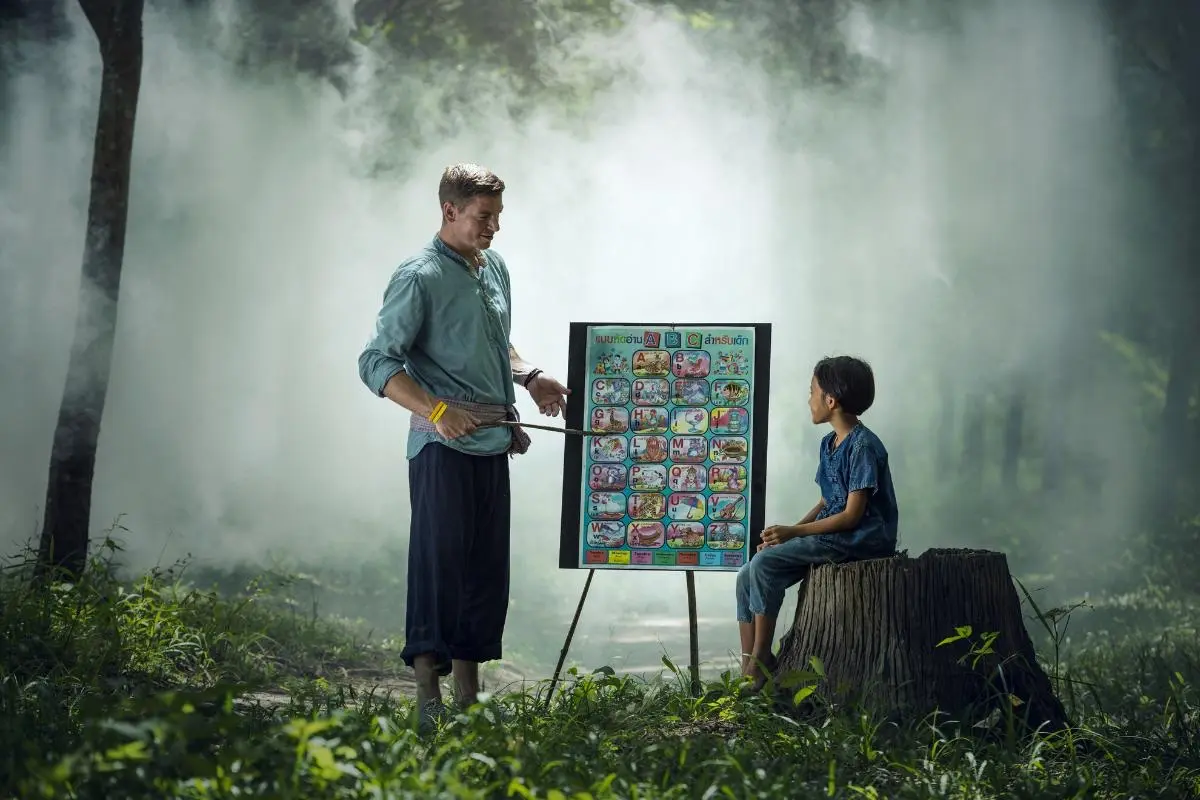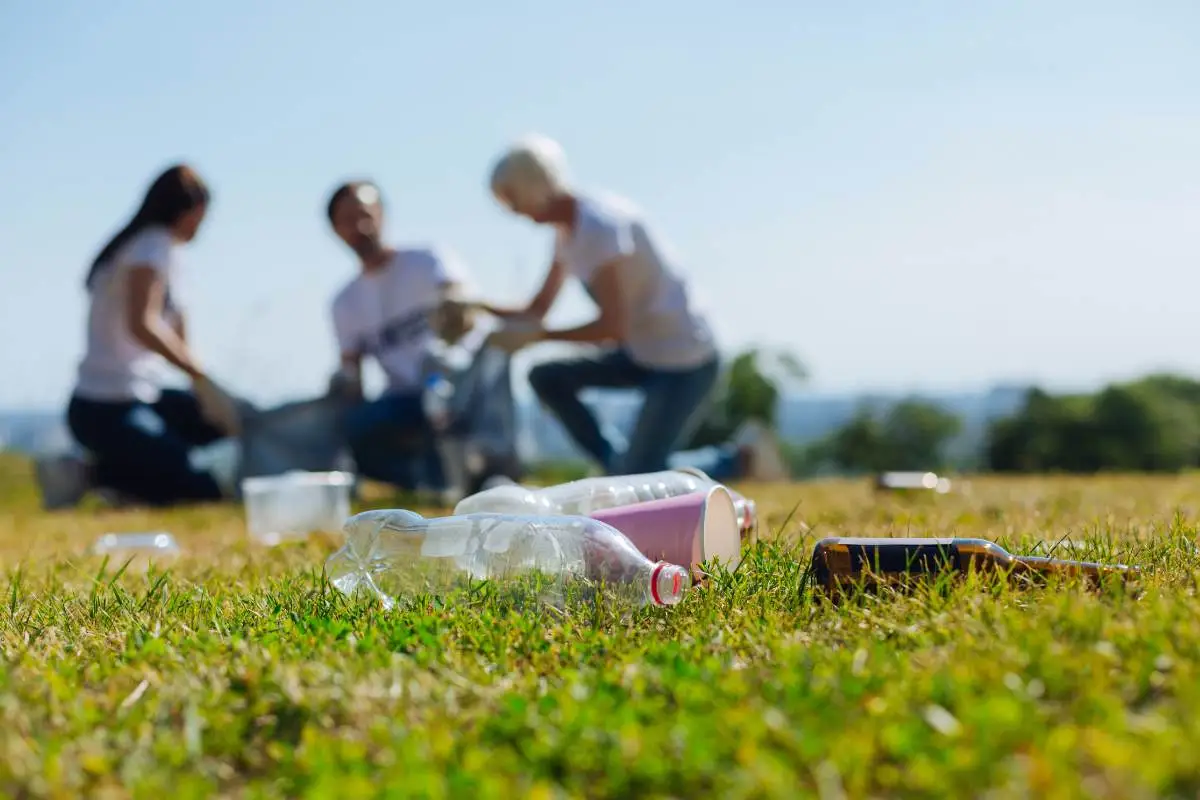Crafting Future Eco-Warriors: Fun Ways to Teach Kids Recycling
In today’s environmentally-conscious world, teaching kids about recycling is more than just a good practice—it’s a necessity. As we face growing concerns over waste management and environmental sustainability, the role of education in shaping future generations becomes paramount. Recycling not only conserves resources and reduces waste but also instills a sense of responsibility and environmental stewardship in young minds. This article will explore effective strategies to teach children the importance of recycling, making it a fun and engaging part of their everyday lives.
Why Teach Kids About Recycling?
Understanding the importance of recycling is crucial for children as they are the custodians of the future planet. By instilling good habits early, kids can grow up with a natural inclination to make environmentally friendly choices. Here are a few reasons why recycling education is essential:
- Environmental Protection: Teaching kids to recycle helps them understand their impact on the planet. It underscores how recycled materials can conserve natural resources like trees, water, and minerals.
- Reducing Waste: Children learn that recycling helps reduce the amount of waste sent to landfills, decreasing pollution and greenhouse gas emissions.
- Conservation of Resources: Through recycling, kids grasp how reusing materials can save energy and resources, promoting a sustainable lifestyle.
- Fostering Responsibility: Recycling education fosters a sense of responsibility towards the environment and encourages kids to take actionable steps in their daily lives.
Engaging Strategies to Teach Recycling
To effectively communicate the importance of recycling to children, it is crucial to make the process engaging and relatable. Here are several strategies that can help:
Interactive Learning Experiences
- Recycling Workshops: Organize workshops where children can learn how to sort recyclables properly. This hands-on approach is both fun and educational.
- School Recycling Programs: Schools can implement programs that involve students in regular recycling activities, making it a part of their daily routine.
Use of Technology and Media
- Educational Apps: Integrate technology by using apps that teach children about recycling through games and interactive stories.
- Videos and Documentaries: Show them age-appropriate documentaries that highlight the recycling processes and its benefits for the earth.
Creative Projects
- DIY Recycling Projects: Encourage kids to use recyclable materials in their craft projects. This not only reinforces the concept but also boosts their creativity.
- Recycling-Themed Arts: Have children participate in art competitions focused on themes about recycling and the environment.
Community Involvement
- Community Clean-Up Days: Participate in or organize local clean-up days where children can be involved in collecting recyclable materials.
- Visit Recycling Facilities: Arrange visits to local recycling centers where children can see the process firsthand, making the recycling process more tangible and impactful.
Incorporating Recycling into Everyday Life
To make recycling a natural part of children’s lives, it’s important to incorporate it into their daily routines:
- At Home: Parents can set up a home recycling station and involve their kids in sorting waste.
- In Schools: Schools can maintain active recycling clubs and include recycling stats in their newsletters to keep the topic prominent.
- Through Storytelling: Use stories or anecdotes that include characters who recycle, making the act a hero-like behavior to emulate.
Teaching children about recycling involves not just informing them of the what and the how, but also inspiring them to care about the why. By integrating recycling education into various aspects of children’s lives, we can foster an environmentally conscious mindset that will carry into their adult lives. In the next part of this article, we’ll delve into more specific techniques and methods to teach kids about the complexities of recycling and sustainability, ensuring they are prepared to make informed and responsible decisions about their environmental impact.
Advanced Educational Techniques
Storytelling and Role-Playing
Children often learn best through stories and role-playing activities that allow them to experience and process complex ideas in a simplified way. Create scenarios where children can act out roles as environmental heroes, waste management experts, or even as items deciding whether they will be recycled or end up in a landfill. This can help them understand the lifecycle of products and the importance of making sustainable choices.
Gamification of Recycling
Turning recycling into a game is an excellent way to keep children engaged. Design challenges or missions where they must collect certain types of recyclables over a week or invent a new product using recycled materials. Rewards can be given for achieving specific goals, such as certificates or badges, to motivate continued participation.
Experiential Learning
Plan field trips to eco-friendly organizations or invite guest speakers who specialize in environmental science. Experiences like these make the abstract concept of “environmental impact” more concrete and relatable.
Community Engagement and Outreach
School-wide Initiatives
Schools can lead by example by implementing comprehensive recycling programs and showcasing their environmental impact. Monthly challenges, such as “Zero Waste Week,” can encourage not only students but also staff to participate in recycling efforts.
Partner with Local Businesses
Establish partnerships with local businesses that practice sustainability. This could involve field trips to companies that use recycled materials in their products or businesses that are leaders in green practices. Children can learn about careers in sustainability and see real-world applications of their recycling efforts.
Family Involvement
Encourage parents to participate in recycling at home and report back on their successes and challenges. Workshops for parents can also be beneficial, equipping them with the tools to support their children’s environmental education.
Measuring Success and Making Adjustments
Feedback Systems
Implement feedback systems where children can express what they’ve learned and suggest improvements for the recycling program. This could be through simple forms, digital platforms, or regular discussion sessions.
Monitoring Progress
Use metrics such as the amount of waste recycled or reductions in waste generation at school to monitor progress. Share these statistics with the children to show them the tangible results of their efforts.
Continuous Improvement
Recycling education should not be static; it needs to evolve based on feedback, technological advances, and changing environmental policies. Regularly update educational materials and strategies to ensure they remain relevant and effective.
Conclusion
Educating children about recycling is an investment in the future of our planet. By adopting a comprehensive, engaging, and community-oriented approach, we can inspire a generation of environmentally conscious individuals who are committed to making sustainable choices. We encourage all educators, parents, and community leaders to take an active role in this important endeavor.





